Other

“A miniature prison for photons, that is the nanocavity discovered by scientists of the University of Twente. It is an extremely small cavity surrounded by an optical crystal – a structure of pores etched in two perpendicular directions. Confining photons in …
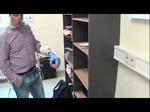
“In a recent paper published on Journal of Neural Engineering, researchers at the University of Twente (NL), in cooperation with Imperial College London (UK) and University of Aalborg (DK) have presented a radically new technology that enables upper-limb amputees to …
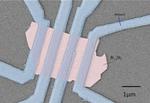
“The special properties of ‘topological materials’ typically occur at their surface. These materials, for example insulators that do conduct current at their surface, are expected to play a major role in future quantum computers. Scientists of the University of Twente …

“Using a new technique they call ‘in-air microfluidics’, University of Twente scientists succeed in printing 3D structures with living cells. This special technique enable the fast and ‘on-the-fly’ production of micro building blocks that are viable and can be used …
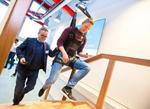
“Robots that assist people in regaining their mobility, will evolve from exoskeletons towards flexible suits, controlled in a smart way. That is what Prof Herman van der Kooij of the University of Twente foresees. He is leading the new ‘Wearable …
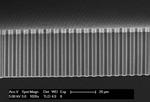
“Researchers at the University of Twente’s MESA+ research institute have made significant efficiency improvements to the technology used to generate solar fuels. This involves the direct conversion of energy from sunlight into a usable fuel (in this case, hydrogen …
News University of Twente develops record laser on chip smallest narrowband laser brings numerous photonic applications closer

“Working in collaboration with the Lionix company, researchers from the University of Twente’s MESA+ research institute have developed the world’s most narrowband diode laser on a chip. This laser represents a breakthrough in the fast-growing field of photonics …
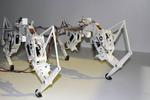
“Folkertsma has dedicated four years of research and development to constructing a scaled-down robotic version of the fastest land animal in the world, with a view to replicating its movements. Relatively speaking, the robot moves using only about fifteen percent …

“Previously it was only possible to study these flaws in large numbers. However, fundamental research conducted by University of Twente scientists has now made it possible to zoom in on defects and study them individually. In due course, this knowledge …
